Loggerhead Sea Turtle
Loggerhead sea turtles are named for their large heads, with jaws powerful enough to crush an adult queen conch. Like most sea turtles, loggerheads are famed for their vast migrations. As a species that may travel thousands of miles across ocean basins (see maps below), loggerhead turtles are in grave danger due to worldwide habitat loss and incidental capture by fishermen.
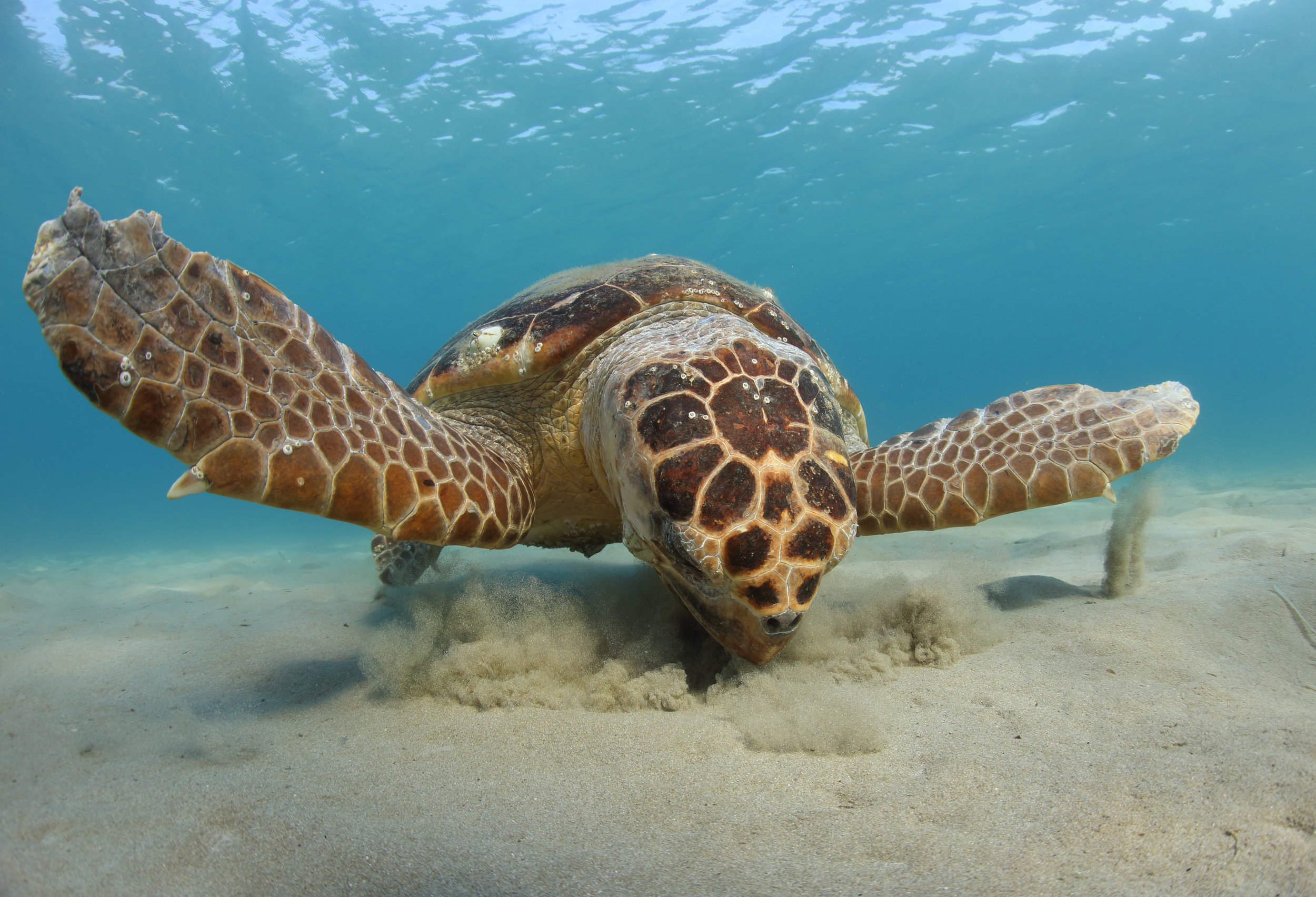
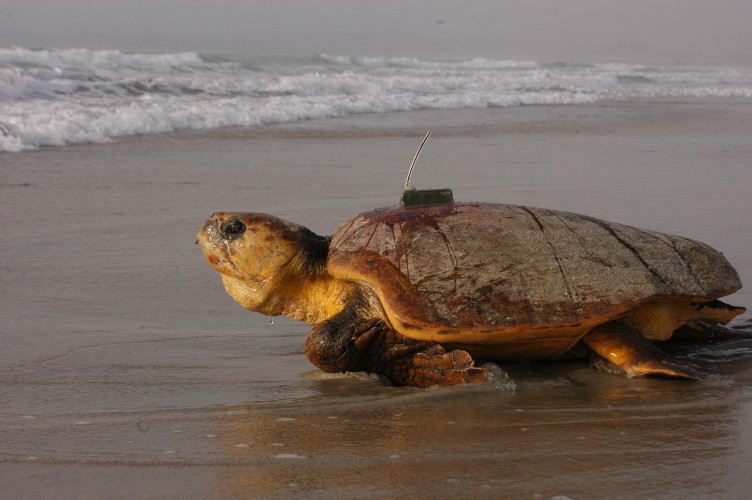
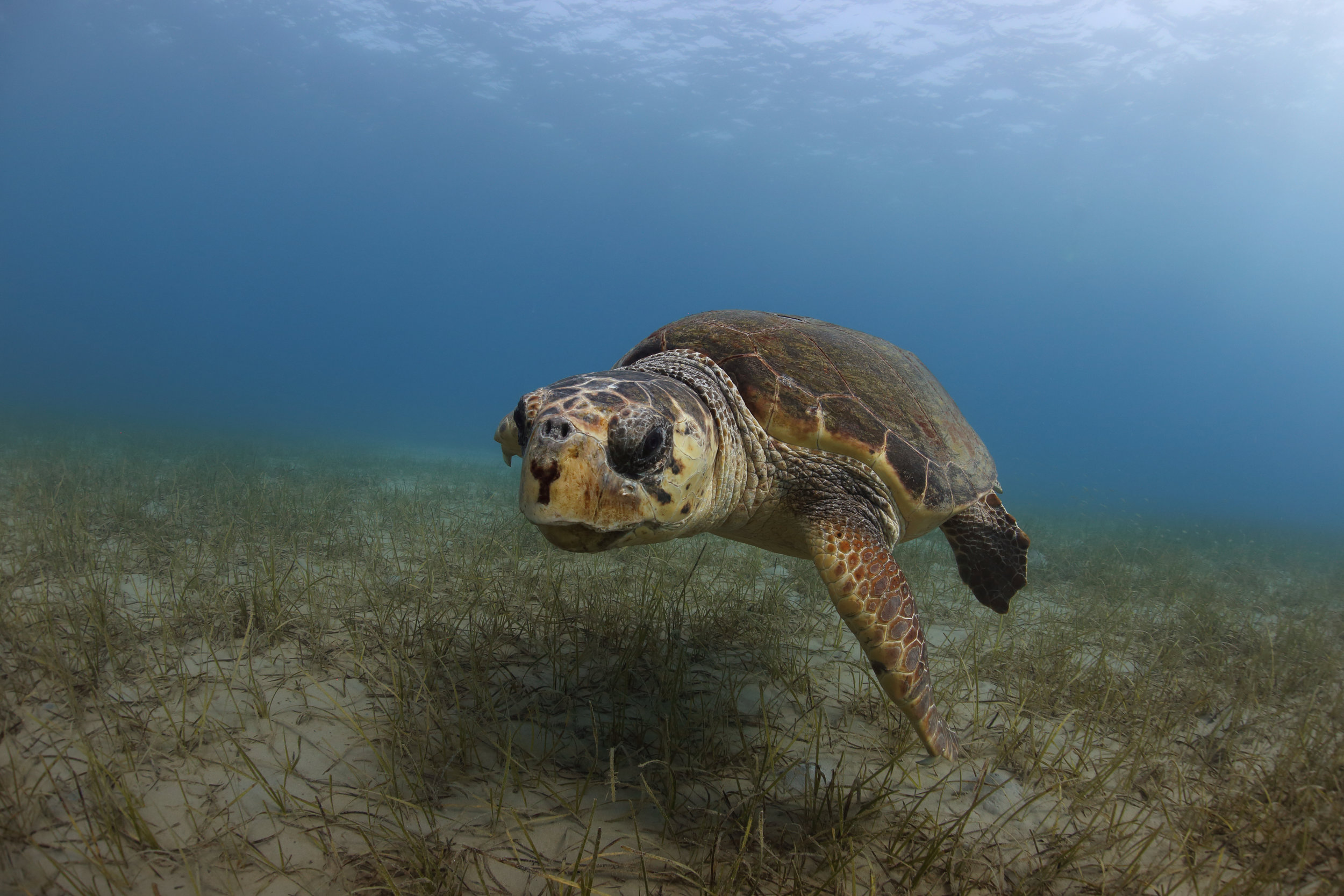
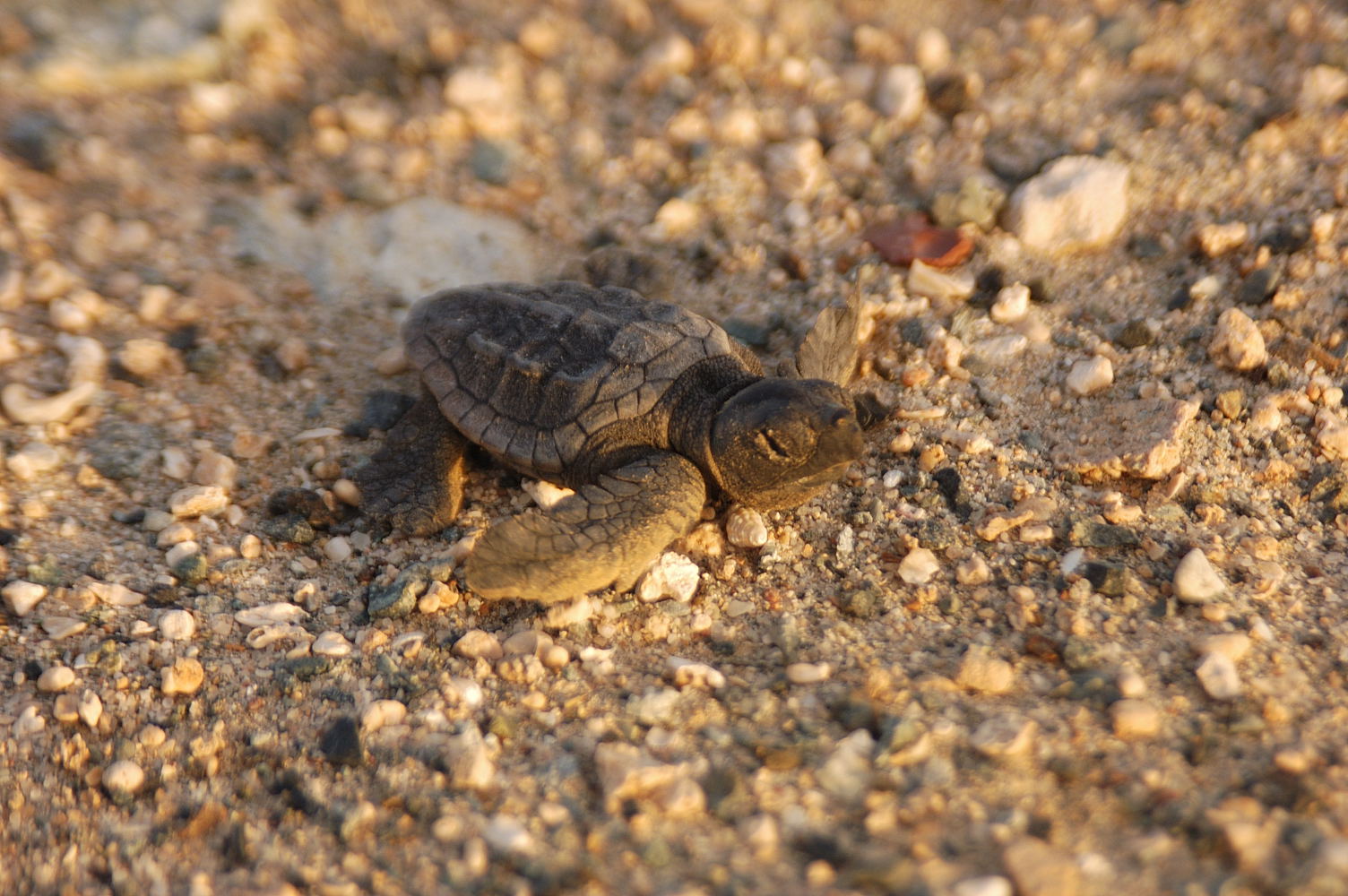
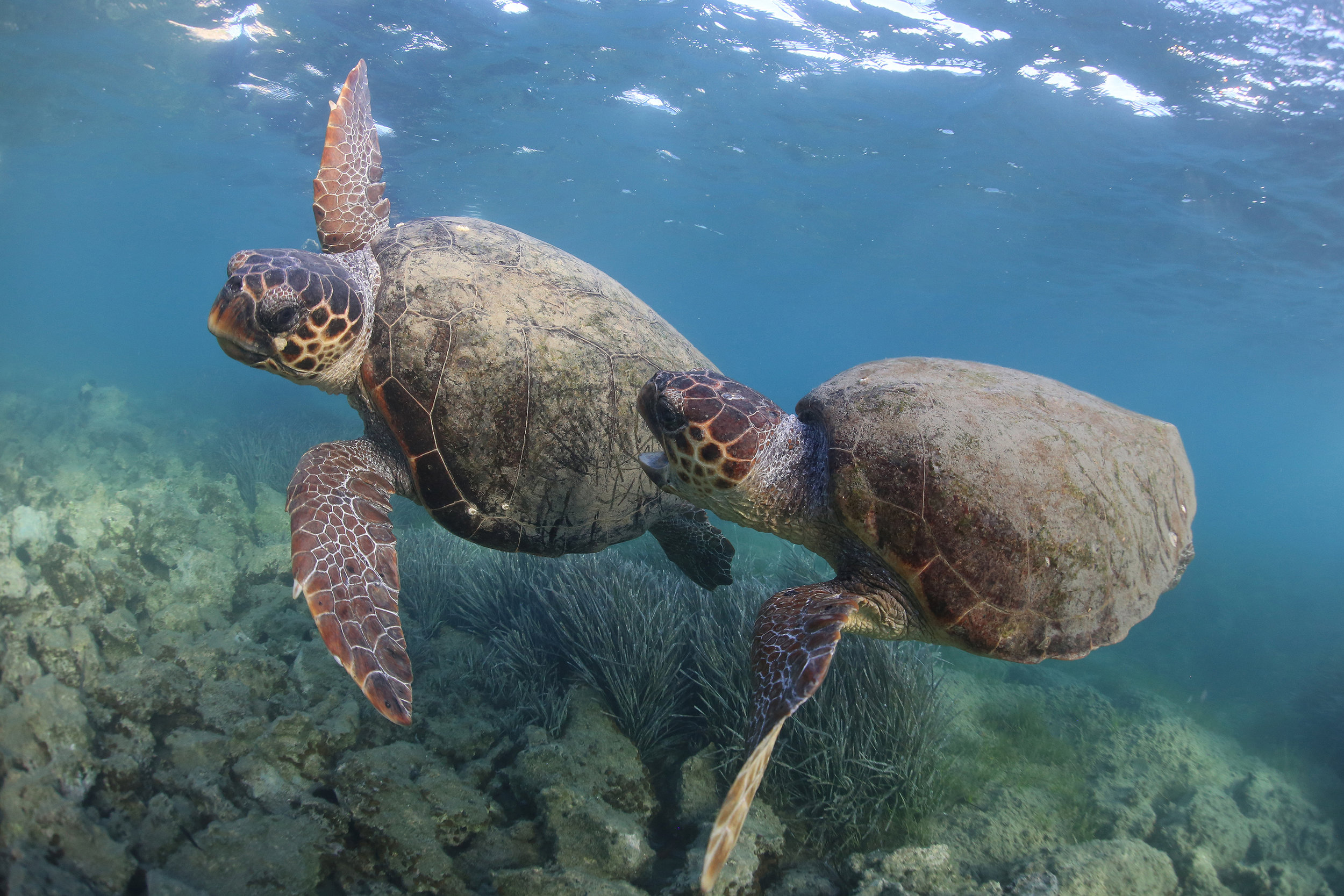

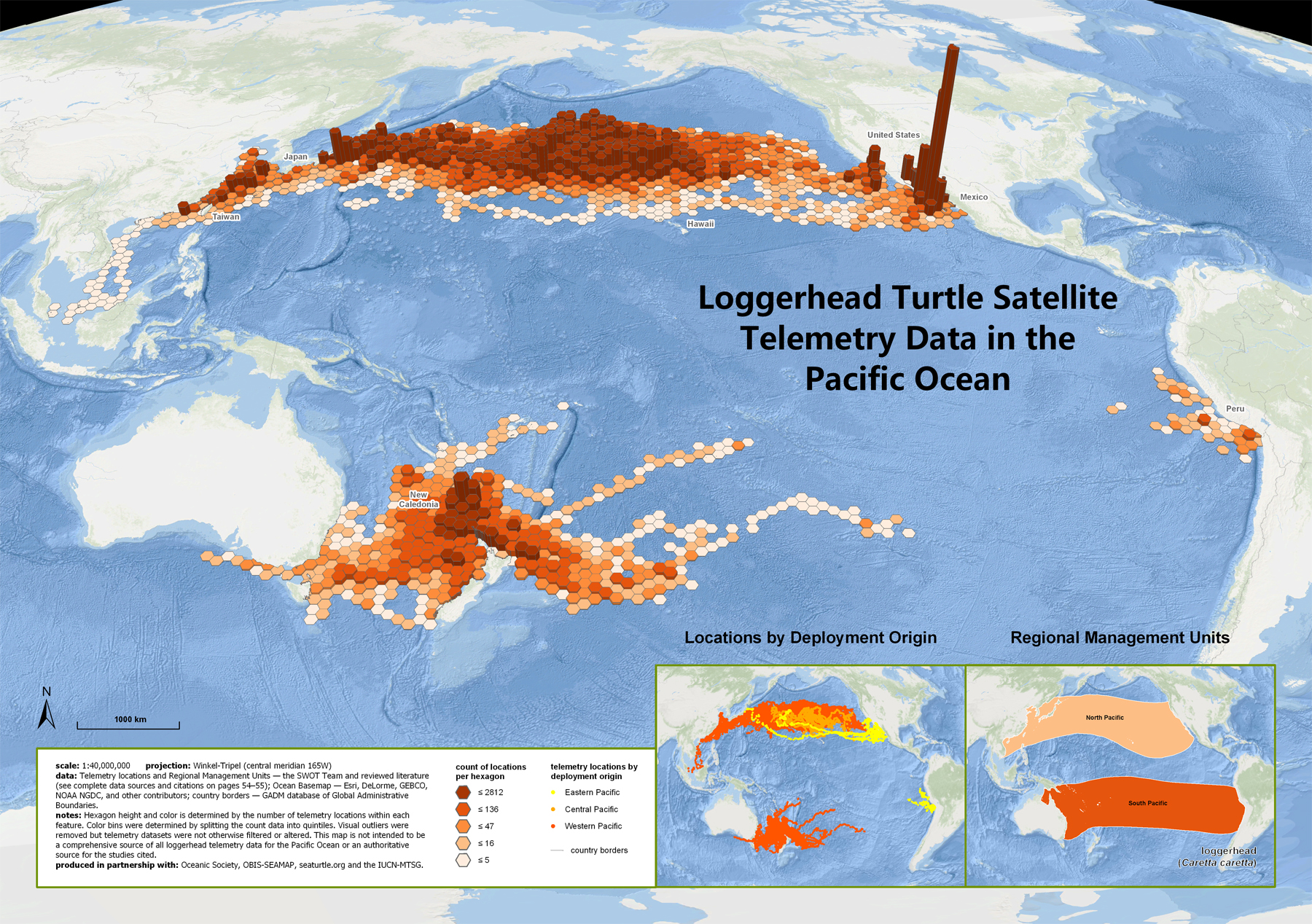
Loggerhead SCIENTIFIC NAME
Caretta caretta
How threatened are loggerheads?
Loggerheads are listed as Vulnerable by the IUCN Red List of Endangered Species. Each of the subpopulations of loggerheads has also been assessed by the IUCN and can be seen here.
Facts about Loggerhead sea turtles
Loggerheads make trans-oceanic developmental migrations from nesting beaches to immature foraging areas on opposite sides of ocean basins.
A large juvenile loggerhead named Adelita was the first sea turtle to be tracked by satellite across an entire ocean basin. Her approximately 6,500 mile journey from feeding areas off Baja California, Mexico, to coastal areas off her natal Japan corroborated the link across the North Pacific Ocean established by genetic studies.
In the North Atlantic Ocean, post-hatchlings and small juveniles associate with mats of Sargassum for years before recruiting back to nearshore areas off the eastern coast of the United States as large immature
Size of Loggerheads
Adult loggerheads measure 70-110 cm in length and weigh up to 200 kg
Loggerhead hatchlings are approximately 25 mm long and weigh 15-20 g
Loggerhead sea turtle diet
During all their life stages, loggerheads eat mostly benthic invertebrates (crabs, other crustaceans, and mollusks) and occasionally jellies.
Loggerhead sea turtle Reproduction
Loggerheads take 20-30 years to reach sexual maturity.
Loggerheads reproduce every 2-4 years and lay 2-5 clutches of eggs per season. Each of the clutches contains between 80 and 120 eggs that are the size of large ping pong balls and weigh 30 to 40 g each.
Loggerhead eggs incubate for approximately 60 days.
Loggerhead sea turtle DISTRIBUTION and maps
Loggerheads are circumglobal, nesting in tropical to sub-tropical regions and migrating into temperate regions
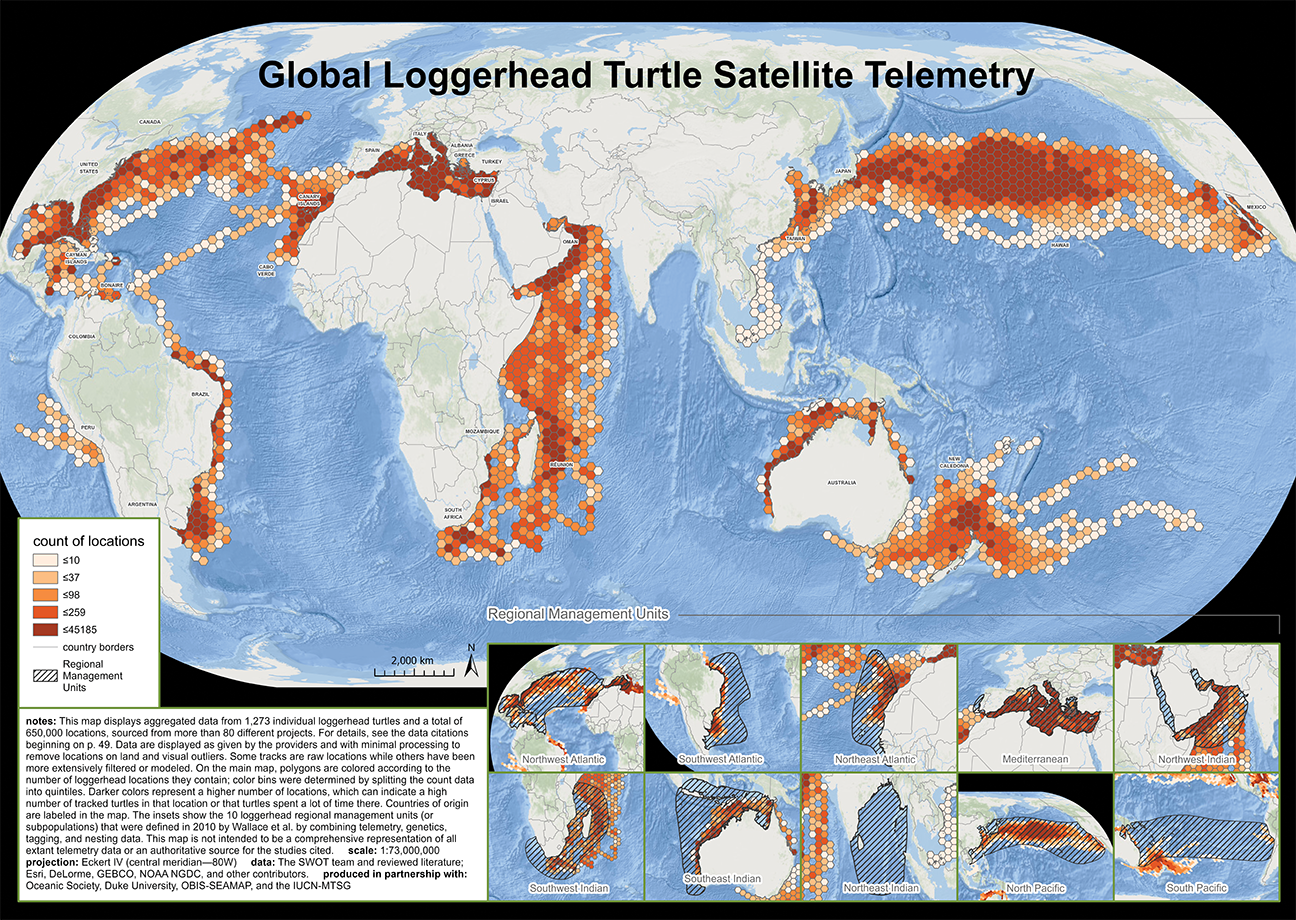

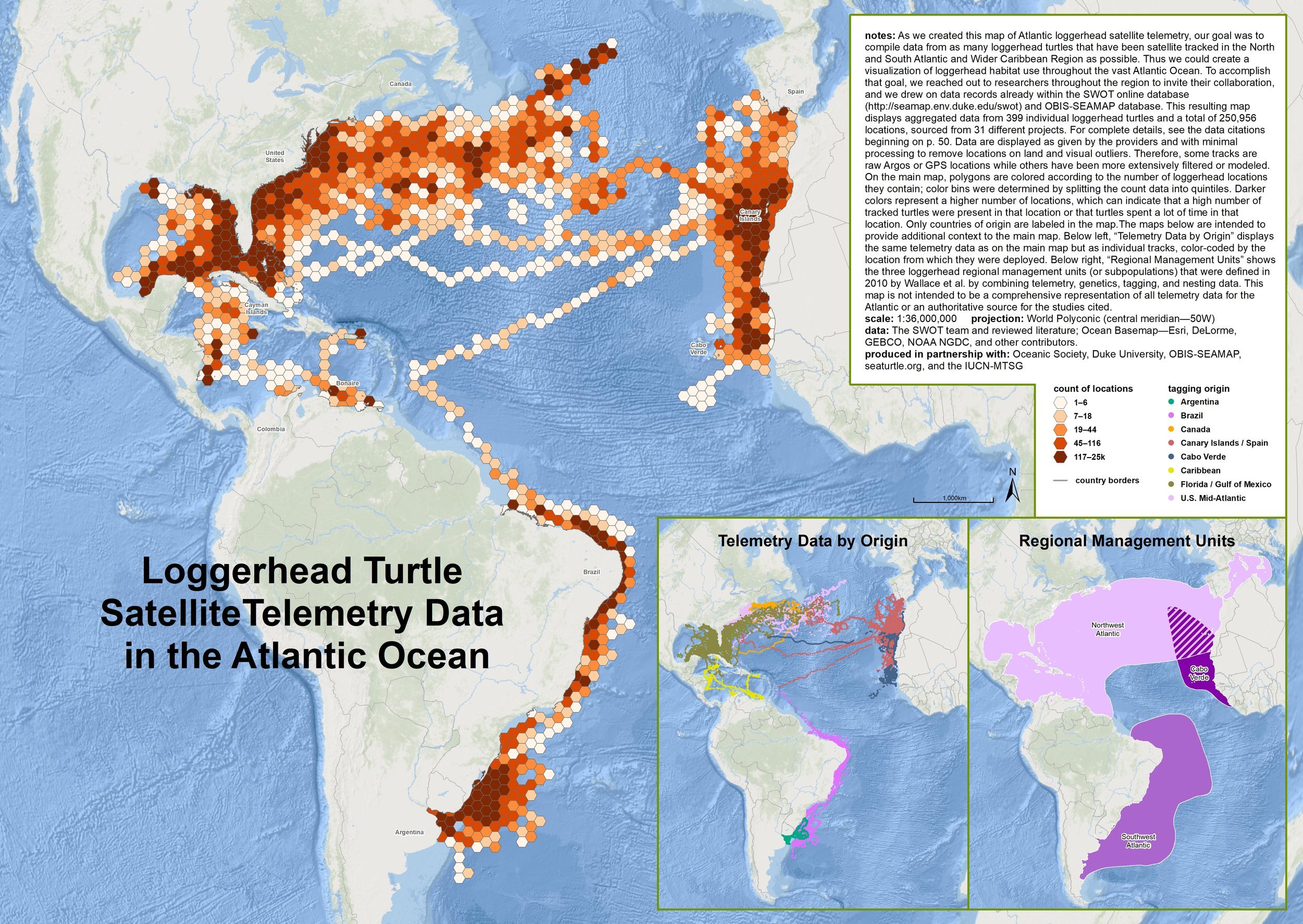

THREATS TO loggerhead SEA TURTLES
Loggerheads face numerous threats, most of them related to human activities. These threats include:
Fisheries Interactions - Bycatch, or the accidental capture, of loggerehads in fishing nets and lines is one of the greatest threats to all species of sea turtles. Discarded fishing gear, aka “ghost gear” also continues to entangle sea turtles indefinitely as it floats in the ocean.
Pollution and Pathogens (including plastic pollution) - plastic pollution affects loggerheads by entangling them and impeding their movement and swimming ability. Sea turtles also eat plastic, mistaking it for food, which can cause choking, intestinal damage, and blockages.
Coastal Development - developed beaches restrict the area that loggerheads have to lay their nests and lights from buildings discourage nesting turtles and disorient hatchlings.
Climate Change - changing climate impacts the loggerheads’ food sources, their migration routes, and the development of baby turtles. Hotter, dryer sand negatively impacts the incubation of sea turtle nests and warmer nests produce more female hatchlings than males – an issue for population demographics.
Direct Take - In some places, loggerhead turtle eggs are harvested for consumption, and adults are hunted for their meat.
